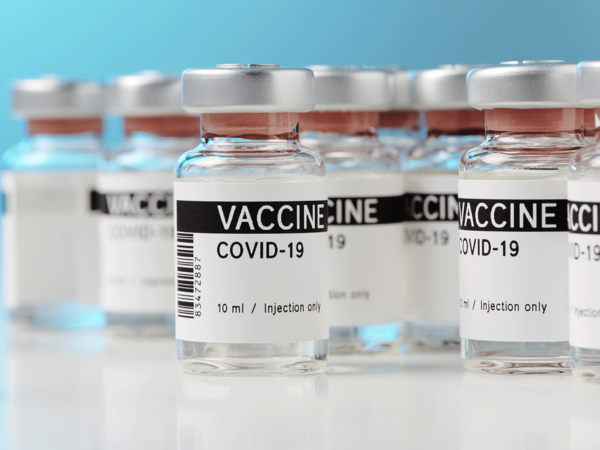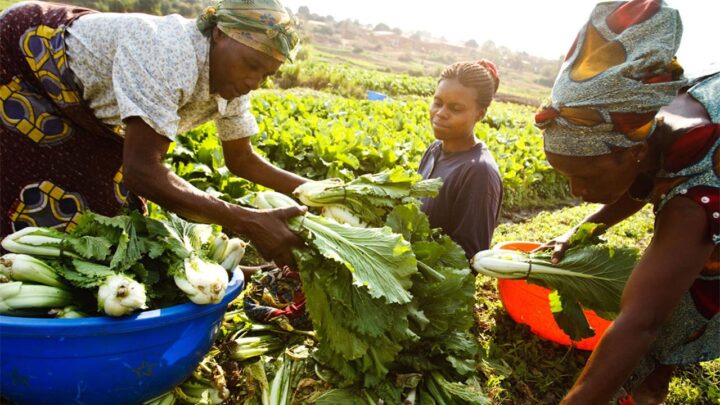BY OLYMPUS ADE-BANJO
As African countries struggle for seats in the comity of vaccinating countries, it is important to stress that a successful campaign would mean that no stone is left unturned in getting the most efficacious vaccine for our unique populations as well as make the best decisions in the long-term.
Already, it has been established that the cost of storage and distribution will not render many African countries ineligible to run their mass vaccination campaigns with the highly efficacious mRNA vaccine products, meaning African low-income countries must look to other products like the Sputnik V which is now being delivered tens of millions as Algeria just as Oxford-Astrazeneca Vaccine is set to land in South Africa any moment from now. Chances are that these two products will lead the COVID-19 Vaccine market in Africa but before then, some insights:
The Adenoviral Vector Vaccines in Africa
Sputnik V and Oxford-Astrazena vaccines are closely related in that they both explore the adenoviral vector technology to deliver genetic instructions into the human cells to initiate the creation of the spike protein of the novel SARS-Cov-2, hereby arming the immune system to avert future invasion by the virus. But unlike the Sputnik V, SinoVac, and many other vaccine products that utilize human adenoviruses – genetically modified human virus that causes human flu – as a medium, the Oxford-Astrazeneca jab employs a different virus altogether – a simian adenovirus from the Chimpanzees: a difference is what sets Oxford apart to be at the class of Pfizer and Moderna vaccines in efficacy.
Advertisement
Sputnik V and Africa’s Seroepidemiology
Even though the Russian authorities put the efficacy of Sputnik V at 91%, it is difficult to ignore the fact that the country has not been the most transparent in its vaccine development and how it started its national vaccination campaign way before releasing the phase 111 clinic trial results. The reason is quite clear, the Russian vaccine uses two human adenoviruses Ad5 and Ad26 which are quite common with most humans as we age hence over 80% of people, for instance, have developed immunity for Ad5 in Europe and over 95% in Africa. The Ad26 is the rearer type in Europe with barely 20% but still has over 80% people in Subsaharan Africa armed in antibodies against.(1)
Why is this seroepidemiology important? That is because even though adenoviruses are harmless having been modified if they are used to transport a vaccine material in humans who already have antibodies to the adenovirus, it would be destroyed before it can deliver the material to the target cell. This is why a vector vaccine may differ significantly across geographical populations. Due to this, Sputnik V has Ad26 in its prime dose to be followed by Ad5 at a high dose to increase the chances of a portion of the vector particles reaching the target cell. As thoughtful and expedient as this approach is in increasing the amount of vaccine in circulation, it is important for regional and national governments not to accept a general efficacy rate when buying vector vaccines, but run seroepidemiological analysis to know the exact percentile of their population that will actually be protected.
Advertisement
Oxford Vaccine and Africa’s Chances with Malaria
For Oxford-Astrazeneca vaccine to match the very best vaccine products despite using the seemingly common adenoviral vector transport is a difference of a simian adenovirus virus from the chimpanzee called ChAdOx01. This novel vector was developed in 2021 by the Jenner Institute of Oxford University and since 2015 been a center stage of oxford’s vaccine development for HIV and malaria. In 2017, ChAdOx01 was used in a recombinant prime-boost regimen of ChAdOx01 LS2 and MVA LS2 in an EU-commissioned clinical trial that ran till 2019 with profound tolerability and immunogenicity perhaps far ahead of the GSK’s RTS,S (also known as Mosquirix) vaccine candidate that barely makes 30% immunogenicity in children in addition to reported cases of meningitis in its 1 million-dose pilot program in Africa.(2)(3)(4)
Obviously, ChAdOx01 is the game-changing component of the Oxford-Astrazeneca vaccine because it uses a novel adenovirus that most humans anywhere have not developed antivirus against so it can deliver in a way other vectors can’t. However, the use of the Oxford-Astrzeneca vaccine in a mass vaccination campaign means that most of the population would develop antibodies to the virus and that renders it less potent for the development of a vaccine for any other vaccine-preventable disease such as malaria – which was initially the disease in point for the vector trial.
This calls for a strong deliberation on the part of public health leaders and actors in Subsaharan Africa on managing Malaria – with a disease burden of over 220 million morbidity rate and a record annual killer of over 400,000 of its patients who are mostly children – in the face of COVID-19. Only recently in 2020 did UNICEF report that a child under the age of 5 dies every two minutes of malaria.(5)
Advertisement
It is very understandable to see the novel adenovirus diverted for use in combating COVID-19 in Europe, North America, and perhaps North Africa where the malaria burden is mild. However, for Subsaharan Africa, strategic compromise is expedient to end both COVID-19 and the scourge of malaria on our embattled population.
On a final note, while I recognize the fact that more adenoviruses are being developed at a yet unknown speed, we cannot ignore the opportunities that ChAdOx01 vector holds for Africa in protecting the population from Malaria. In the same vein, seroepidemiology must be a key factor for any local approval of adenoviral vector vaccines in all African countries.
References
1. https://www.google.com/amp/s/www.the-scientist.com/news-opinion/vector-based-vaccines-come-to-the-fore-in-the-covid-19-pandemic-67915/amp
Advertisement
2. https://www.clinicaltrialsregister.eu/ctr-search/trial/2017-001049-28/results
3. https://www.sciencedirect.com/topics/immunology-and-microbiology/rts-s
Advertisement
4. https://www.who.int/news/item/15-11-2020-mvip-update-1-million-doses-administered-kenya-1st-anniversary-cooperation-for-vaccine-access
5. https://data.unicef.org/topic/child-health/malaria/#:~:text=In%202018%2C%20there%20were%20228,that%20led%20to%20405%2C000%20deaths.
Advertisement
Ade-Banjo, BSc. Physiology (Ilorin); is an Intern at West African Institute of Public Health (Abuja) and Global Health researcher with Oli Health Magazine. He reports on infectious diseases and vaccinology in Africa’s population. He tweets @olympusadebanjo
Advertisement
Views expressed by contributors are strictly personal and not of TheCable.
Add a comment






